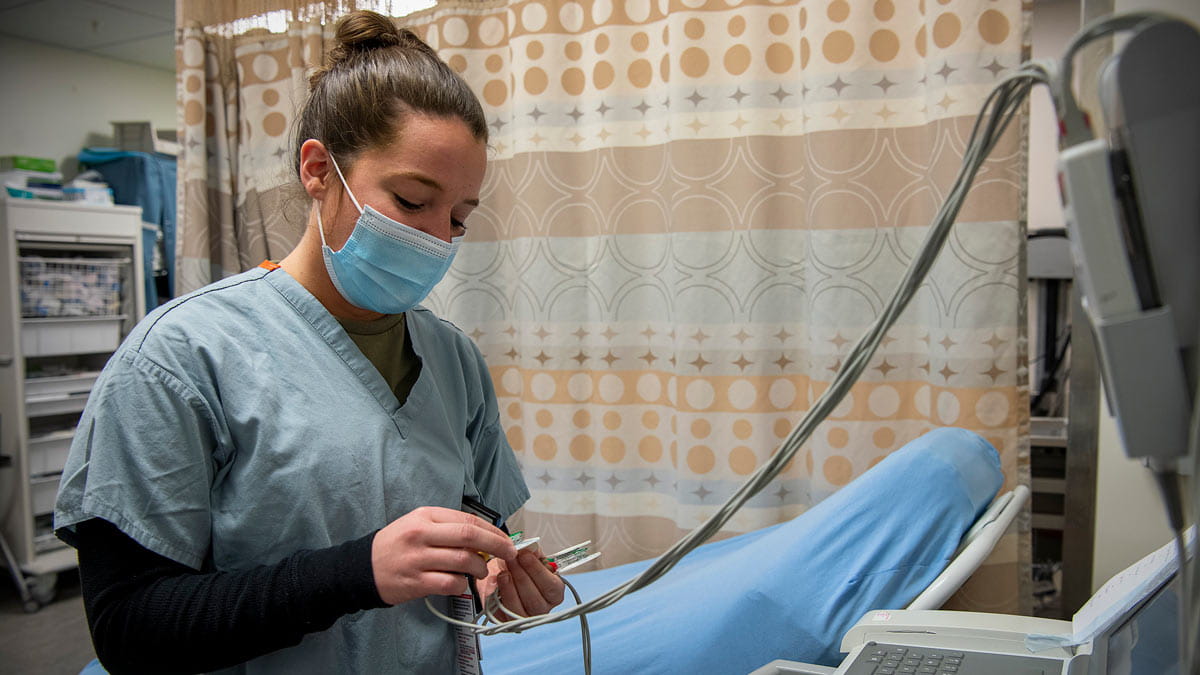Ohio State team targets an immune receptor to reduce cardiac injury from SARS
While researchers across the globe scramble to find a treatment and a vaccine for COVID-19 (SARS-CoV2), one team at The Ohio State University College of Medicine aims to use lessons learned from previous studies to better understand the mechanisms at work in cardiovascular injury, one of the deadly outcomes associated with severe acute respiratory syndrome (SARS).
Cardiac injury is a common but little-understood outcome of COVID-19, occurring in approximately one-fifth of known cases and causing death in the most severe cases. In addition, infection of the myocardium, the muscular tissue of the heart, is known to have occurred in approximately one-third of patients suffering from the original SARS-coronavirus (CoV) in 2003.
The SARS coronavirus infects the body by inserting its genetic material into a cell, taking over the “host” cell’s functions, producing more of its own viral protein and genetic material, and inhibiting production of the cell’s usual “products.” The virus targets the receptors that, under normal circumstances, would produce molecules to ward off the invading pathogens, thus allowing the virus to spread throughout the body.
How this “antiviral signaling” process works to increase a patient’s susceptibility to myocardial and vascular inflammation and cardiovascular dysfunction following viral infections is the focus of Laszlo Farkas, MD, associate professor of Internal Medicine, and his team of investigators at The Ohio State University College of Medicine.
In previous studies using mouse models, the team was able to show a link between low levels of the immune system protein Toll-like receptor 3 (TLR3) and pulmonary hypertension, and determined that the loss of TLR3 leads to increased biologically programmed death of the cells that line the blood vessels in the walls of the lungs. Programmed cell death constricts and blocks blood vessels, contributing to pulmonary hypertension. The team also found that TLR3 levels could be increased through stimulation by high-dose ribonucleic acid (RNA), holding great promise as a treatment therapy for pulmonary hypertension and associated heart failure.
“We found that stimulation with high levels of man-made RNA molecules increased expression of TLR3 and reduced pulmonary hypertension and right heart failure in animal models,” Dr. Farkas says. “Our high-dose RNA treatment triggered an anti-inflammatory response that prompted TLR3 production.”
Pulmonary hypertension can lead to heart failure because the heart must work harder to pump blood through narrowed arteries in the lungs. Infection of the myocardium occurs via the same receptor as in the lung and was found in about one-third of the patients with the original SARS-CoV. The team wants to see if targeting the TLR3 receptor in the myocardium and replenishing the supply using RNA stimulation has the same positive effects that they found in their earlier studies in pulmonary hypertension.
When approved for funding, the study will test the hypothesis that SARS-CoV2 impairs the innate antiviral response via TLR3, causing excessive myocardial injury and inflammation, and that restoration of the antiviral innate signaling reduces myocardial injury. In addition, they aim to characterize the dynamic changes of a serum cardiac injury profile and miRNA profile in COVID-19 patients, using the biobanked specimen that will be obtained through the prospective single center cohort study “Ohio State University ICU SArs-CoV-2 Registry and Prospective Cohort Study” (BuckICU-SARS).



